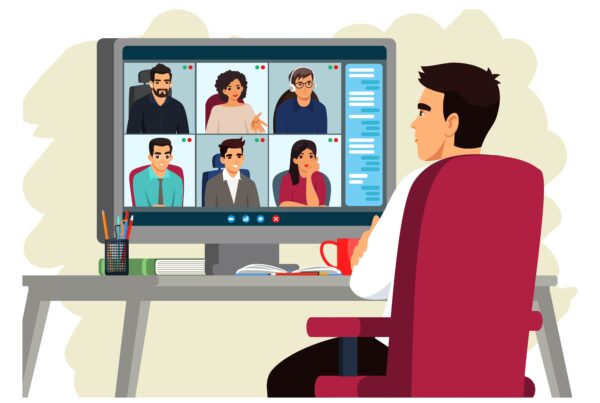Her name was Diane.
She was a retired anatomy professor.
And a secret multi-millionaire.
To meet her, you certainly wouldn’t know it.
Diane lived in an unassuming house, in an unassuming neighborhood, in an unassuming midwest town.
She was kind, paid her taxes, was a widow, had kids and grandkids.
And she had been a donor to our nonprofit organization for several years.
During the last few years, Diane had given $1,000 annual gifts.
So when I was doing my regional research, looking for folks who may be up for a visit from my organization, I thought she looked pretty promising.
I performed my typical pre-visit outreach:
1 – Send a snail mail letter
2 – Send some emails
3 – Make some phone calls
And after a message or two, Diane agreed to a visit.
So we met in her home, had some tea and sweetbread at her kitchen table, talked about her church and grandkids and the squirrels in her backyard, and about the nonprofit she loved and supported.
When it came time to conclude the meeting, I asked Diane if I could send her a proposal.
In fact, I said, we were working on a new proposal template and, “if she didn’t mind taking a look at it and providing some feedback, I would be very grateful.”
So we parted ways, I drove back to home base – a 3-hour road trip – and I got to work on Diane’s proposal.
In this proposal, I laid out three giving options:
1 – A $25,000 gift
2 – A $50,000 gift
3 – A $100,000 gift
I sent it in the mail, and I reached out to Diane to schedule a follow up conversation.
She requested some time to look it over, so about four months later, I drove back to Diane’s house to hear her thoughts.
She gave me some general feedback. Then when the conversation eventually turned to the giving options, Diane pointed at the $100,000 donation level and laughed out loud!
That was *way* out of her giving range, she said.
There was *no way* she could give that much, she said.
It was *laughable* that I would even *think* to propose a gift of $100,000.
And do you want to know what I did in response?
Nothing.
I listened. I absorbed. I smiled – in a not creepy way.
I empathized and expressed my gratitude.
And eventually the meeting ended.
I stayed in touch with Diane.
I would send her an occasional letter, tell her about exciting things happening at our organization, thank her for the occasional smaller gift that came in, and about once every six months I’d ask Diane if I could come see her again in person.
Then, an interesting thing happened, after our next visit, when I was really beginning to build some trust with Diane, she said, “Bill, I want you to meet my financial advisor.”
So I did.
Diane gave me the guy’s contact information. I reached out. And we had lunch.
With Diane’s permission, we talked about her investment portfolio – where she had her stocks, how much she was making through which investments, and what her financial forecast looked like.
And Diane instructed her financial advisor to work with me so that she could make a $100,000 gift.
The woman who had nearly fallen off her chair laughing at the mere prospect of a 6-figure donation, this woman instructed her financial advisor to work with me so that she could make a $100,000 gift.
~~~
Of the handful of fun lessons we could learn from this experience, I’ll highlight these:
1 – I’ve said it so many times: half the battle – no, 90% of the battle – of successful fundraising is finding the right donors. And I do *not* mean donors who are somewhere out there, whom your organization has not met.
I’m referring to people who have been supporting you for a number of years, who love your organization, and who will at least take your visit.
These are the people you can connect with meaningfully and discuss philanthropy with openly.
They’re the folks who will surprise you with their generosity.
If you’re looking for tips along these lines, check out the series of blog posts here.
2 – When you hear “no,” interpret it as “not right now.”
A donor is a donor.
Just because you ask them for a big donation, that doesn’t mean they’ll break up with you – at least not in my experience.
In fact, they may be flattered that you assumed they *could* give a donation that large.
You ask. Then you let them decide.
If they say no, thank them – authentically – and be on your way.
But stay in touch. Continue to build trust. Continue to steward and share the awesome things your organization is doing.
And when the timing is right, talk to them again about their philanthropy.
They might surprise you with a donation that was even larger than the one you had been anticipating.
3 – Protect your attitude.
Remain optimistic.
If you’re a fundraiser, this is vital.
You won’t raise any money if you don’t expect to.
And when – not if – you are blindsided by rejection, don’t let it pull you off course.
The mission you serve is too important.
It’s deeper, in fact, than the day-to-day success you enjoy.
Stay focused on that mission, even when the initial answer is no.
Somewhere in the future, you may discover a $100.000 yes.




